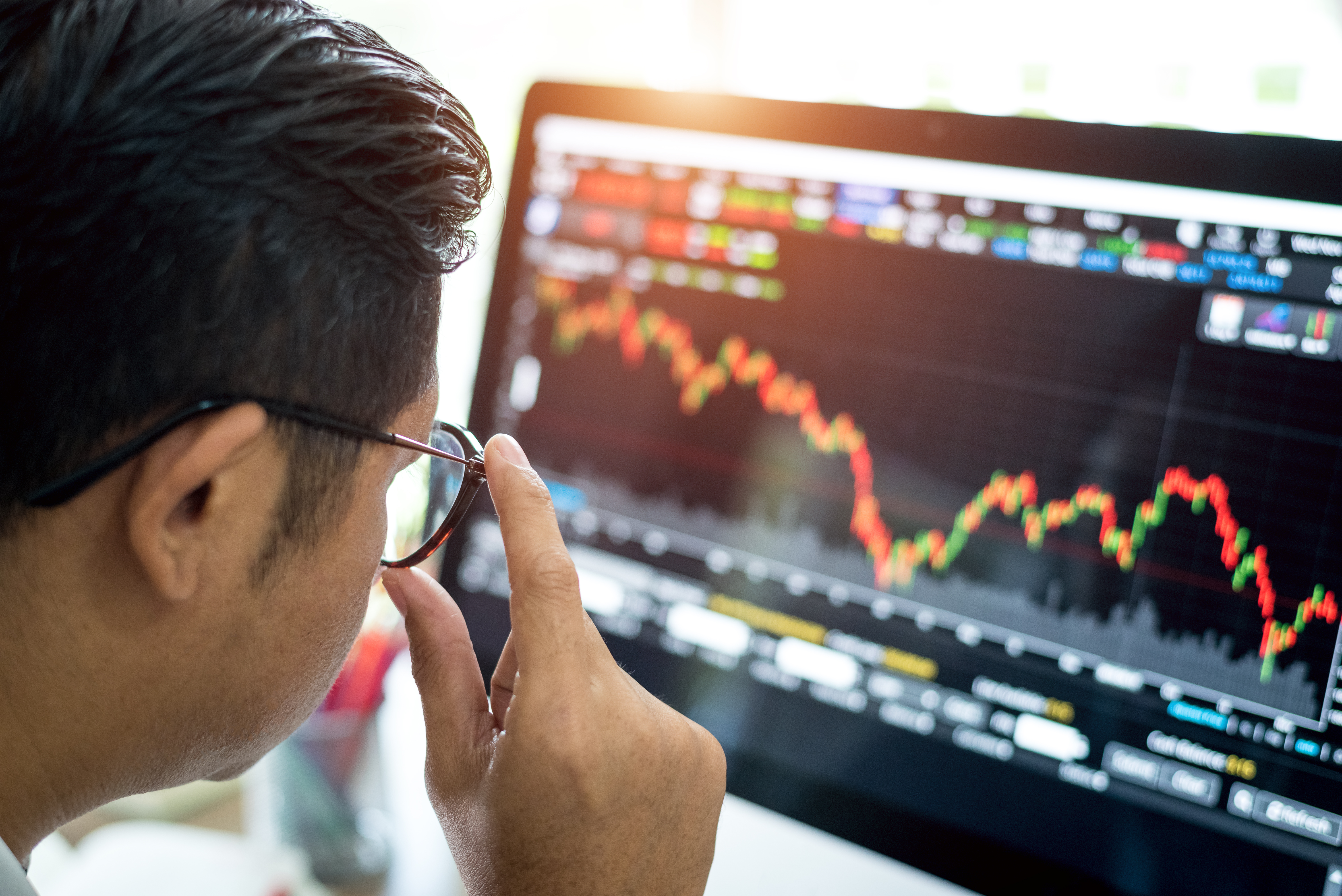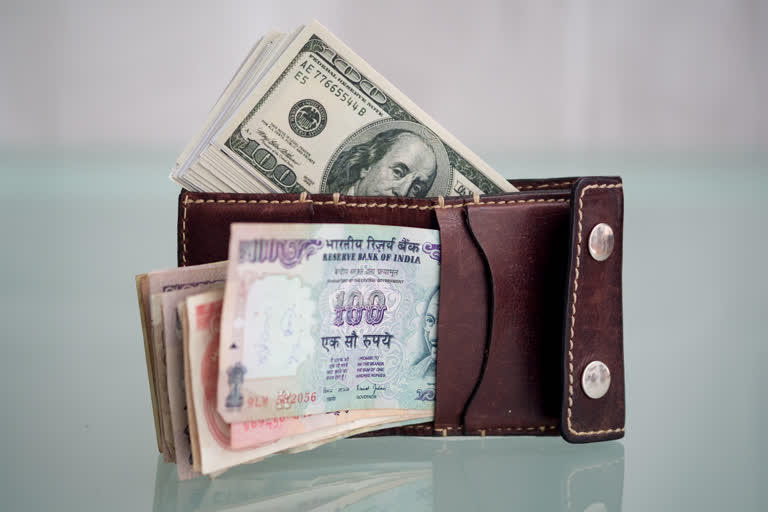Hyderabad: There was a time when one rupee was equal to one dollar – that was in 1947 when India gained independence. Since then, the Indian rupee has been rolling downhill consistently. In the past one decade, the currency has depreciated by a massive 70% against the dollar. Even if we take the last six months into account, post the outbreak of the Covid-19 pandemic, the rupee has lost over 4% value to trade at around 75 per dollar levels.
Interestingly, a common man usually doesn’t get too bothered about news of a falling rupee, thinking that it is cause of concern just for the government, or the Reserve Bank of India (RBI) or big corporate houses.
But that’s one of the biggest misconceptions. A depreciating rupee can have a direct impact on your finances in more ways than you can imagine. Let's have a look.
Education abroad
For most Indian parents, the child getting a degree from a good foreign university is a big deal. They work most of their lives to save enough to fulfil this dream.
But the kind of depreciation the rupee has seen in the past few years have jolted many such plans.

Even if one assumes that universities abroad didn’t raise their fees, Indians are now required to pay much more than what they would have paid 5 or 10 years back when they were planning for these expenses.
So, for example, if annual fee for the US university stayed at $1,000 levels, then in 2010 parents would have estimated an annual cost of Rs 45,000 (rupee-dollar exchange rate was 45 that time). But by 2020, they are actually spending Rs 75,000 for that fees every year.
Apart from fees, parents end up spending more on room rents, food and other things that make up the cost of living for a foreign student.
Foreign Travel
The travel industry across the world has come to a standstill as countries close their borders to restrict the spread of coronavirus.
However, once international flights resume completely, a lot of pent-up demand is expected as people would not shy from making travel plans to a foreign country.

When planning for such holidays, everyone keeps aside a portion of their savings keeping in mind the expenses that might be incurred.
But the weakening rupee would mean keeping aside more money for restaurants, flight tickets, hotel bills and of course shopping.
Probably, people who are still in the planning stage would consider a cheaper location or would postpone the trip altogether.
Read more:FM seeks investment from UAE for Rs 111 lakh cr National Infrastructure Pipeline
Fuel Prices
Since India is a net importer of crude oil, a depreciating rupee makes the oil imports costlier.
This, in turn, is reflected in the rising retail prices of petrol and diesel in the country that burn a hole in the common man’s pocket.

As per estimates, a dollar per barrel drop in crude price can reduces India’s import bill by over Rs 10,000 crore per year, but a weakening rupee has the potential to neutralize much of these gains.
Costlier diesel also has a direct impact on prices of all essential goods as transportation and logistics costs shoot up.
Other exports and imports
A sharp fall in rupee makes all imported goods costlier as they carry a price tag in dollars.
So anything imported like a gadget or an electronic appliance, cosmetics, perfumes, clothes etc may now be more expensive for somebody who earns in Indian rupees.

Notably, factories and businesses who depend on imports for their raw material or other vital components also have to bear higher cost if rupee depreciates.
They can either absorb the higher cost and take a hit on their margins, or pass on the price hike to customers, making them pay more for it.
Either way, the damage caused by the weakening of the rupee has to be borne by someone.
Stock markets
When the rupee shows sharp depreciation, the stock market turns volatile too.

The benchmark market indices Sensex and Nifty usually react negatively to the sudden fall in currency value and domestic investors, especially small retail investors, end up losing a lot of their hard-earned money.
(ETV Bharat Report)



